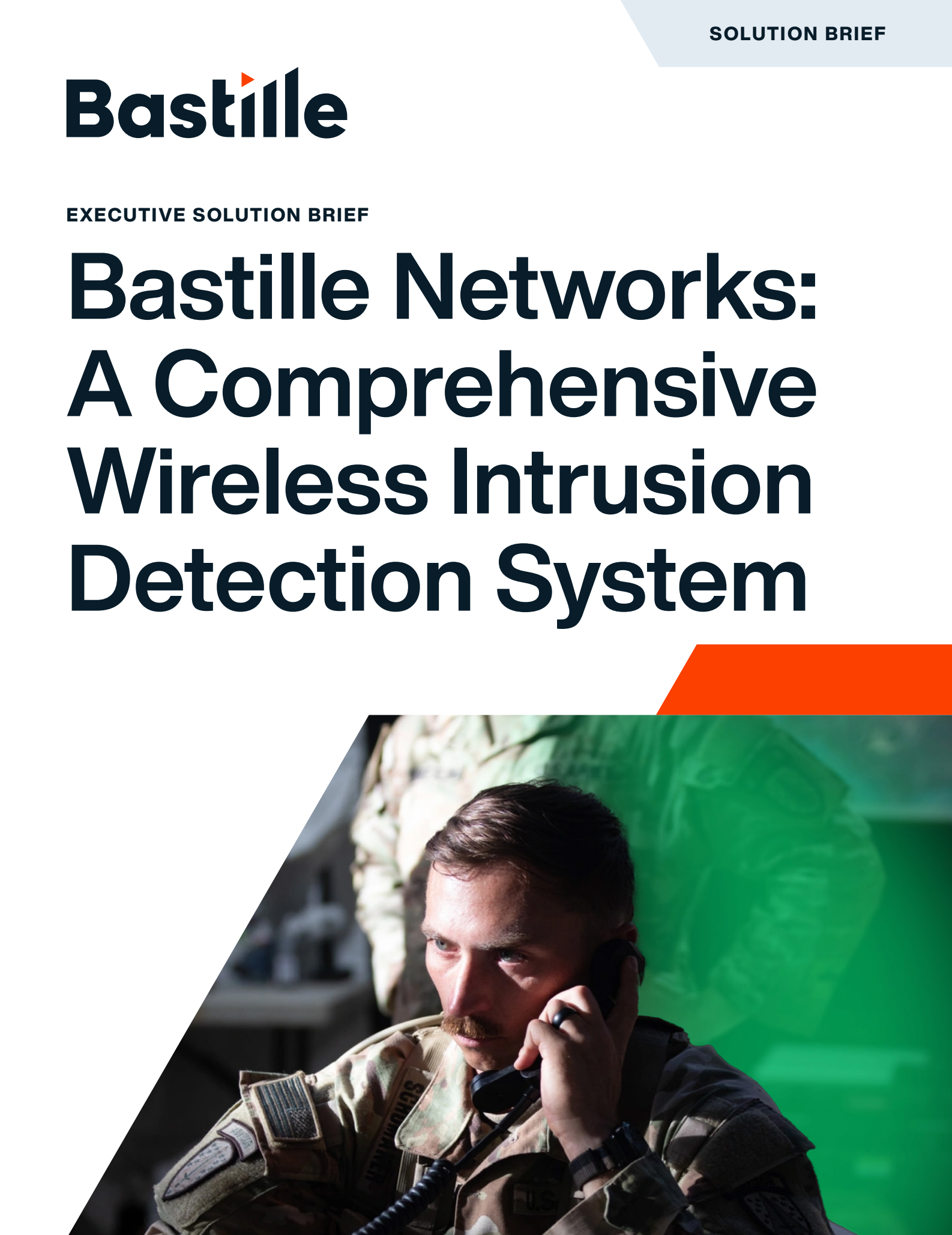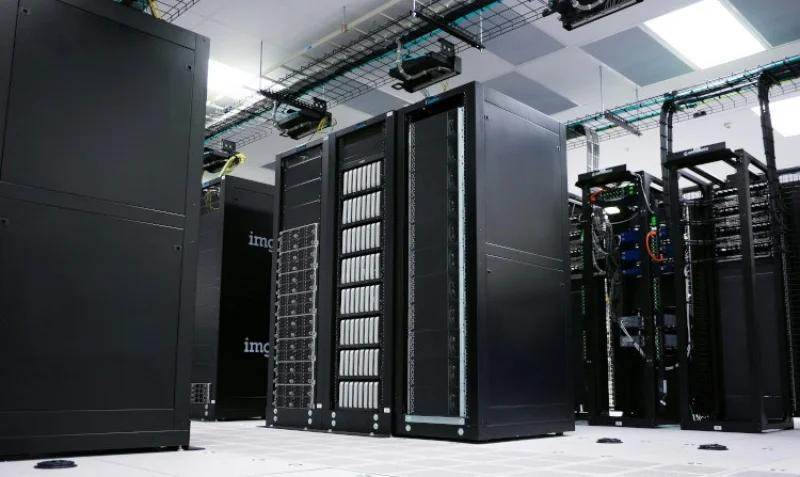
Table of Contents
Rapid and accurate threat detection is crucial in today’s dynamic RF security landscape. Bastille Networks, a leader in RF security, stands out by providing continuous RF monitoring that ensures comprehensive protection against wireless threats. This capability is vital for maintaining a high Probability of Detection (POD) and securing critical environments.
Understanding Continuous RF Monitoring
Continuous RF monitoring involves constant surveillance of the radio frequency spectrum to detect, identify, and neutralize potential threats in real-time. Unlike periodic scanning, which may leave gaps in coverage, continuous monitoring offers 24/7 observation of RF activities. This proactive approach allows for identifying and responding to threats as they occur, minimizing the risk of delayed action.
The Importance of Probability of Detection (POD)
Probability of Detection (POD) measures the likelihood that a security system will detect a specific threat or signal within its environment. A high POD is critical in RF security, ensuring that even the most subtle or hidden signals are detected and analyzed for potential risks. Continuous monitoring significantly enhances POD by preventing signals from going unnoticed.
Factors Influencing POD in RF Security
Several key factors impact the POD in RF security systems:
- Signal Strength and Quality: Detecting weak or low-power signals is essential in RF environments. High-quality RF detection systems excel at identifying these signals despite surrounding noise.
- Frequency Range: Wide frequency coverage increases the chances of detecting various RF threats, from Wi-Fi to rogue cell devices.
- Environmental Complexity: Factors such as building materials and layouts can obstruct signals. Advanced systems overcome these challenges with sophisticated detection technologies.
- Technological Sophistication: Machine learning and advanced algorithms help systems differentiate between benign and malicious signals, improving accuracy and reducing false positives.
Bastille Networks: Maximizing POD with Continuous RF Monitoring
Bastille Networks’ cutting-edge technology maximizes the Probability of Detection through continuous RF monitoring. Key features include:
- Advanced Software-Defined Radio (SDR) Technology: Bastille’s SDR technology scans across a broad spectrum, detecting signals other systems may miss. This adaptability allows it to capture even obscure or low-power transmissions.
- Machine Learning Algorithms: Bastille leverages machine learning to enhance its detection capabilities. These algorithms continuously learn from patterns and anomalies, increasing accuracy and reliability.
- Real-Time Monitoring and Analysis: Bastille’s real-time monitoring ensures immediate detection and response to emerging threats, which is crucial for maintaining a high POD.
- Comprehensive Coverage: Bastille’s solutions cover large and complex environments, ensuring no area goes unmonitored, thereby significantly enhancing overall detection capabilities.
Practical Applications and Case Studies
Securing Enterprise Environments
Due to the high density of wireless devices, enterprise environments are particularly vulnerable to RF threats. Bastille’s continuous monitoring solutions are deployed in these settings to provide constant oversight and high detection accuracy, allowing for the swift identification and mitigation of unauthorized devices and potential threats.
Protecting Government Facilities
Government facilities face more sophisticated RF threats. Through continuous monitoring, Bastille Networks has demonstrated its ability to maintain a high POD in these sensitive environments, safeguarding critical communications and data. Real-time detection ensures that these facilities can detect potential breaches before they can cause harm.
Tackling Covert Threats: The Case of Listening Devices
Not all RF threats are constant. Some listening devices, for instance, only transmit when triggered by sound or motion, making them difficult to detect with periodic scanning. Continuous RF monitoring, as provided by Bastille Networks, excels at identifying these intermittent signals, ensuring that even covert threats are detected and mitigated.
Paul D. Turner, an expert in technical surveillance countermeasures, emphasizes the importance of maintaining a high POD in RF security. His work underscores how continuous monitoring systems like those from Bastille Networks are essential for securing critical infrastructure and sensitive information.
The Numbers Behind POD: A Statistical Reality
According to Paul D. Turner’s “Technical Surveillance Countermeasures” (2023), traditional RF detection systems exhibit a POD ranging from 60% to 80%. However, advanced systems like those developed by Bastille Networks can achieve a POD exceeding 95%. This significant difference highlights the superiority of Bastille’s technology in detecting and neutralizing RF threats.
A breakdown of detection times further illustrates the importance of continuous monitoring:
- 24/7 Monitoring (8,760 hours/year): 100% coverage
- Daily, 12 hours/day: 50% coverage
- Daily, 8 hours/day: 33% coverage
- Weekly, 8 hours/week: 21% coverage
- Monthly, 8 hours/month: 1.1% coverage
- Quarterly, 8 hours/quarter: 0.37% coverage
- Twice Annually, 8 hours/session: 0.18% coverage
- Annually, 8 hours/year: 0.09% coverage
These statistics reveal the vulnerabilities inherent in anything less than continuous monitoring.
Conclusion
In RF security, continuous RF monitoring is essential for maintaining a high Probability of Detection and defending against a wide range of wireless threats. Bastille Networks excels in this area, offering advanced technology, real-time monitoring, and comprehensive coverage to ensure robust and reliable RF security.
To learn more about how Bastille Networks can enhance your RF security and maximize your POD, visit their website and explore their innovative solutions.



